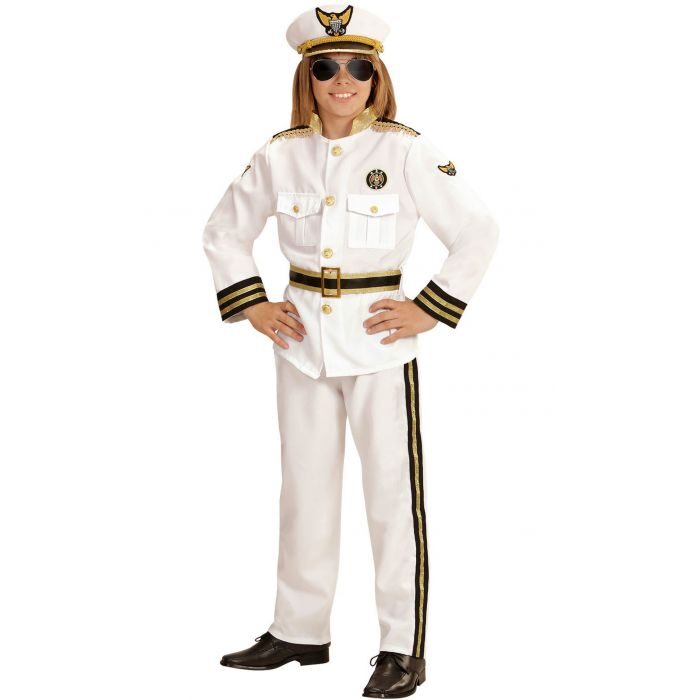The naval salute, also known as the “aye aye captain” salute, is a gesture of respect and recognition used by sailors in the Navy. This simple yet powerful gesture has a rich history and meaning that goes beyond its surface-level appearance. In this article, we will explore the fascinating history and significance of the naval salute.
The Origins of the Naval Salute
The origins of the naval salute can be traced back to the days of sailing ships. In those times, sailors would raise their hats or touch their foreheads as a sign of respect to their superiors. This gesture was known as “tipping the hat” and was a common practice among sailors and civilians alike.
However, tipping the hat was not always practical on board a ship, where strong winds and rough seas could easily blow off a sailor’s hat. To solve this problem, sailors began to touch their foreheads with their right hand instead. This gesture became known as the “forehead salute” and was eventually adopted by navies around the world.
The Meaning Behind the Salute
The naval salute is more than just a simple gesture of respect. It also serves as a symbol of discipline, order, and hierarchy within the Navy. When a sailor salutes an officer, they are not just acknowledging their rank but also their authority and responsibility.
In addition, the naval salute is a way for sailors to show their loyalty and commitment to their country and their fellow sailors. By saluting their superiors, sailors are demonstrating their willingness to follow orders and work together as a team.
The Proper Way to Salute
The naval salute is a precise and formal gesture that requires proper execution. To perform a proper salute, a sailor must stand at attention with their feet together and their arms at their sides. They must then raise their right hand to their forehead, with their palm facing down and their fingers extended and joined together.
The salute should be held for a brief moment before being lowered back to the sailor’s side. It is also important for sailors to maintain eye contact with the person they are saluting and to remain silent during the gesture.
The Different Types of Salutes
There are several different types of salutes used in the Navy, each with its own unique meaning and purpose. The most common type of salute is the individual salute, which is used when a sailor is greeting or acknowledging an officer.
Another type of salute is the group salute, which is used when a group of sailors is saluting an officer. In this case, the senior sailor will initiate the salute, and the rest of the group will follow suit.
Finally, there is the gun salute, which is a ceremonial salute performed by firing cannons or guns in honor of a person or event. The number of guns fired depends on the rank or importance of the person or event being honored.
The Importance of the Naval Salute
The naval salute may seem like a simple gesture, but it plays a crucial role in maintaining discipline and order within the Navy. By following proper protocol and showing respect to their superiors, sailors are able to work together as a cohesive unit and carry out their duties effectively.
In addition, the naval salute serves as a symbol of the Navy’s traditions and values. It is a reminder of the sacrifices and dedication of those who have served before us and a testament to the honor and integrity of those who continue to serve today.
Conclusion
The naval salute is more than just a gesture of respect. It is a symbol of discipline, order, and hierarchy within the Navy and a way for sailors to show their loyalty and commitment to their country and their fellow sailors. By following proper protocol and executing the salute with precision and respect, sailors are able to maintain the traditions and values of the Navy and carry out their duties with honor and integrity.
